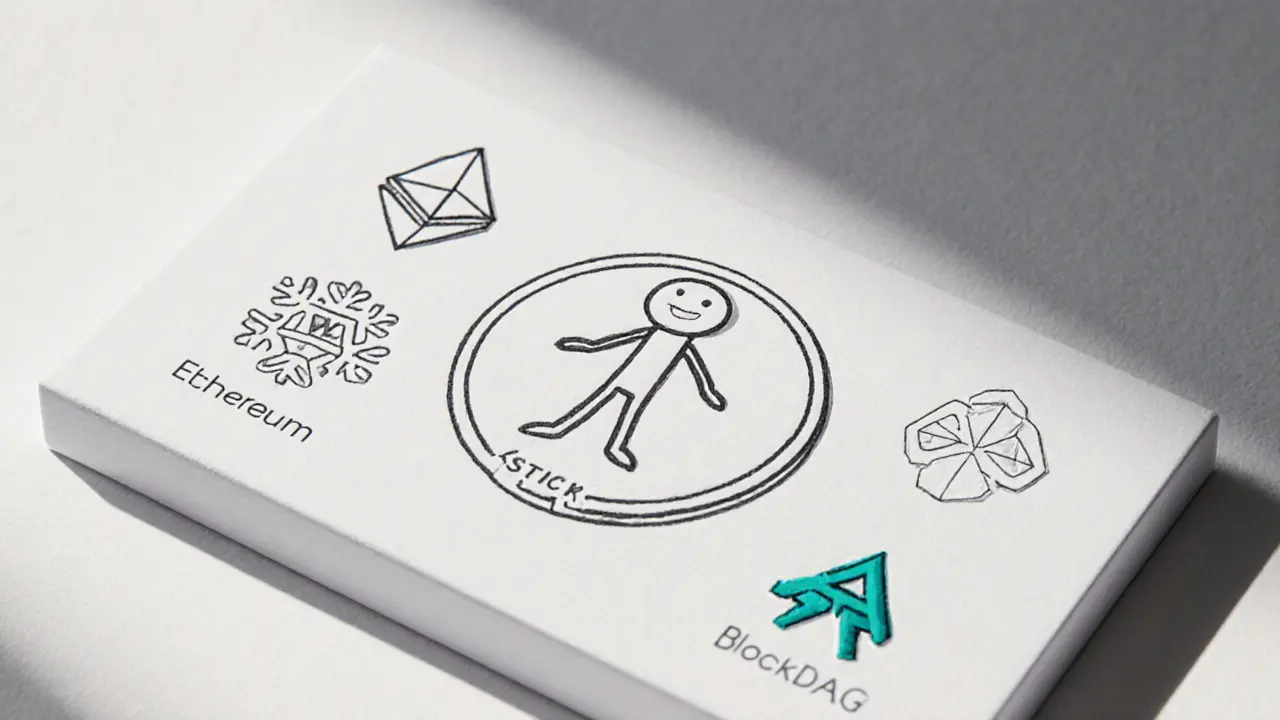
When you hear the name Stick (STICK) token is a meme‑style cryptocurrency that appears on several blockchains, each using the same ticker symbol but different contract addresses. This overlap creates a maze of confusing listings, price quotes, and wallet requirements. In this guide we unpack what Stick really is, walk through its three most common implementations, and give you practical steps to avoid costly mix‑ups.
Why Stick (STICK) isn’t a single coin
Unlike Bitcoin or Ethereum, Stick doesn’t have a single, officially sanctioned blockchain. Instead three independent projects have launched their own Stick crypto token on:
- Ethereum (ERC‑20 standard)
- Avalanche C‑Chain (ERC‑20‑compatible)
- Kaspa (KRC‑20 on the BlockDAG architecture)
Each version claims to be the “original” meme coin, but none provide verifiable developer teams, whitepapers, or clear roadmaps. The result is fragmented market data, mixed‑up trades, and a high probability of price manipulation.
The three most visible Stick implementations
Below is a snapshot of the three tokens as of October 21 2025. Prices and volumes differ because each version trades on its own set of decentralized exchanges and a few centralized listings.
| Implementation | Blockchain | Token Standard | Price (USD) | Market Cap (USD) | 24h Volume (USD) | Key Trait |
|---|---|---|---|---|---|---|
| Ethereum | Ethereum | ERC‑20 | $0.000036 | $36,000 | $22.96 | Largest supply visibility, high gas fees |
| Avalanche | Avalanche C‑Chain | ERC‑20 compatible | $0.000028 | $52,000 | $52,000 | Sub‑second finality, cheap tx costs |
| Kaspa | Kaspa BlockDAG | KRC‑20 | $0.000027 | $29,900 | $54,080 | High theoretical TPS, low adoption |
Technical differences that matter
Understanding the underlying tech helps you predict transaction costs and speed. The Ethereum version inherits the network’s security model but suffers from typical gas fees of $1.50-$3.00 per transaction during moderate congestion (Etherscan, Oct 2025). Avalanche’s consensus finalizes blocks in under 2 seconds with fees under $0.001, making it more practical for micro‑transactions. Kaspa’s BlockDAG claims over 10,000 TPS on paper, yet the Stick contract only uses a fraction of that capacity, and real‑world swaps still see volumes below $25 USD per day.
Each token also follows a different token‑standard:
- ERC‑20 (Ethereum) - supported by virtually every wallet.
- ERC‑20‑compatible on Avalanche - works with MetaMask after adding the Avalanche network.
- KRC‑20 (Kaspa) - requires Kaspa‑specific wallets such as Kaspa‑Desktop or the web‑based explorer.
Because the standards differ, a wallet configured for Ethereum will reject the Kaspa contract address, and vice‑versa. Mixing them up is a common source of lost funds.
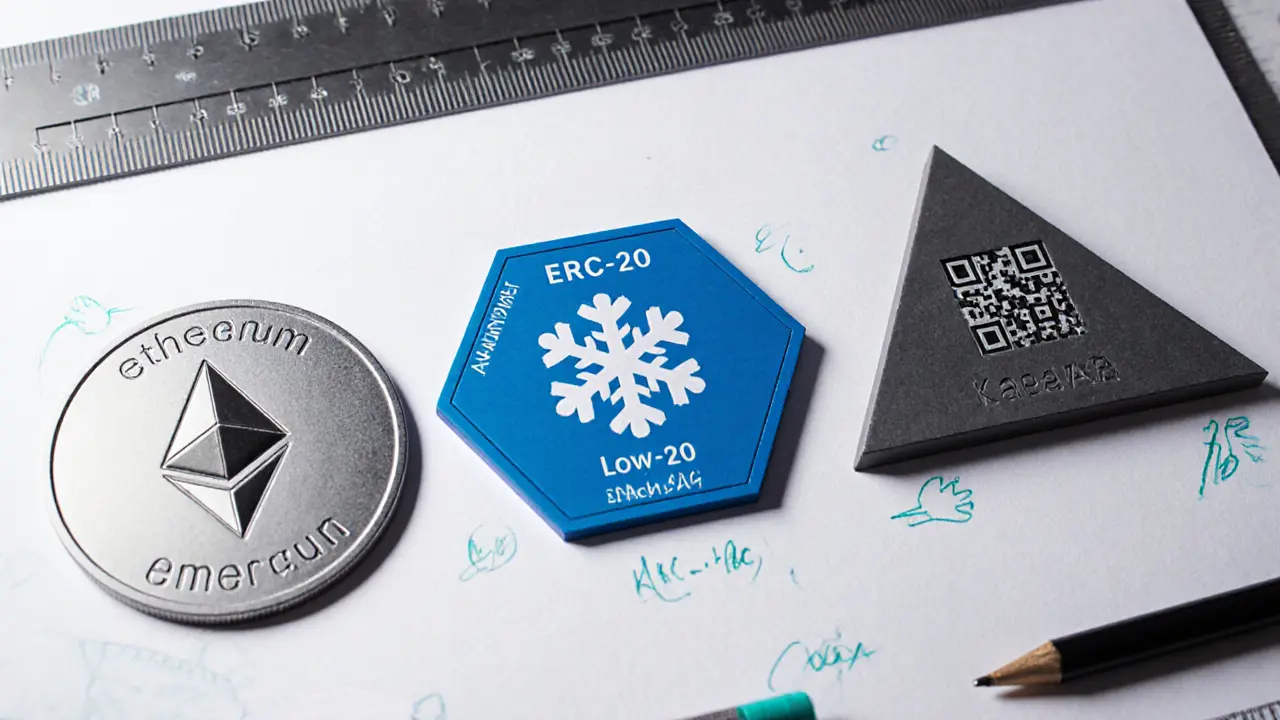
Market metrics and liquidity challenges
All three Stick variants sit in the ultra‑low‑cap tier (< $100 K). CoinLore lists a combined market cap of roughly $88.5 K, while CoinGecko shows a fragmented view that puts each token’s cap between $30 K and $55 K. Low caps mean thin order books; a single trade can shift the price by 10-20 %.
Liquidity snapshots (24‑hour volume) illustrate the problem:
- Ethereum: $22.96 - extremely low, high slippage.
- Avalanche: $52,000 - modest but still thin relative to price volatility.
- Kaspa: $54,080 - comparable to Avalanche but with far fewer active traders.
Price swings often exceed ±30 % within a day, a pattern typical of meme coins with under‑$100 K market caps. CoinLore reported a 30‑day surge of +108 % for the Ethereum version, driven by coordinated pump‑and‑dump bursts on small DEXs.
Red flags and risk profile
Several warning signs emerge from the data:
- Multiple blockchains, same ticker - creates confusion and opens doors for exit scams.
- No verifiable development team or official website - makes accountability impossible.
- Liquidity fragmentation - leads to severe slippage and price discovery failures.
- Zero utility beyond speculation - promises of “stick‑figure merch” or “exclusive events” never materialized.
- Frequent promotional giveaways that artificially inflate token visibility without adding value.
CryptoSlate’s 2025 meme‑coin report classifies Stick as “high‑risk, low‑liquidity” and notes that tokens under $100 K have a 92 % failure rate within six months.
How to verify you’re buying the right Stick version
Before you click “swap,” follow these steps:
- Identify the blockchain you intend to use (Ethereum, Avalanche, or Kaspa).
- Open the appropriate block explorer:
- Etherscan for Ethereum.
- Snowtrace for Avalanche.
- Kaspa Explorer for Kaspa.
- Copy the exact contract address listed on the explorer:
- Ethereum:
0x3911f807c2e… - Avalanche:
0x5a7b8c2d1e9… - Kaspa:
k1r…
- Ethereum:
- Paste the address into your wallet’s “custom token” field. Do NOT rely on the ticker “STICK” alone.
- Cross‑check the token’s logo and decimals with the explorer data. A mismatch often signals a scam contract.
Reddit power‑users recommend keeping a small “test” transaction first - send 0.001 STICK and confirm the receipt before moving larger amounts.
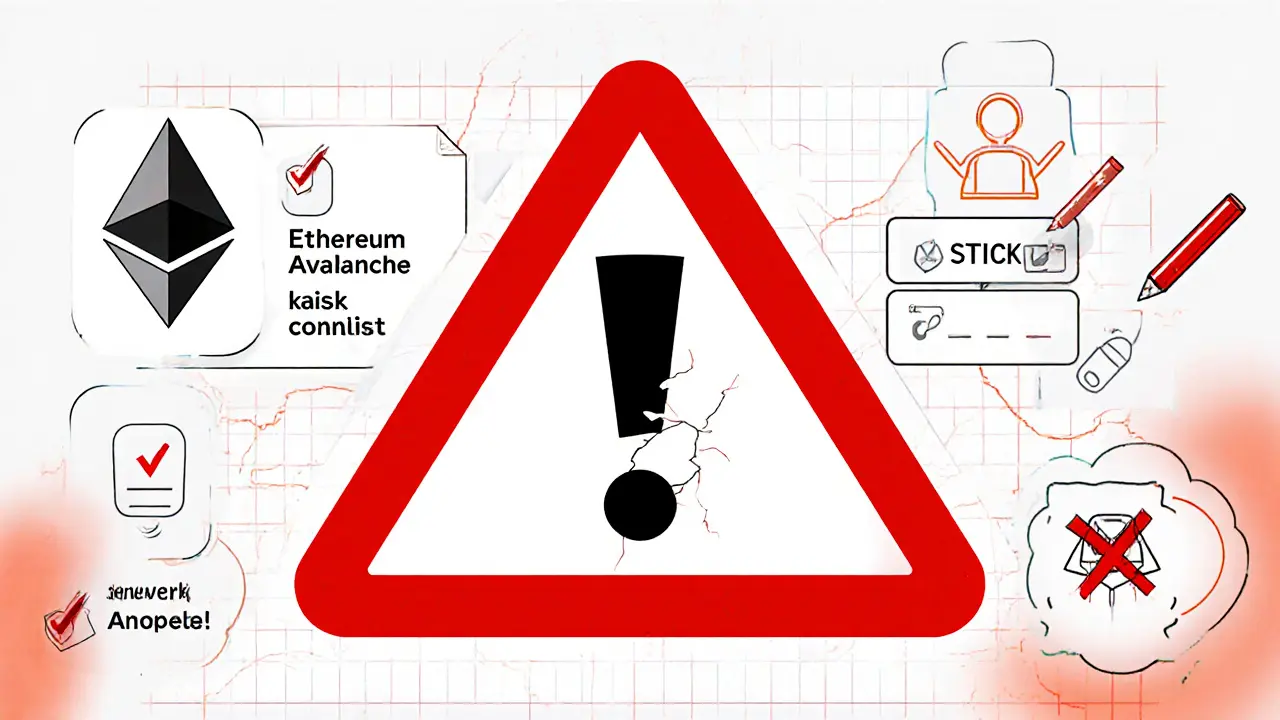
Practical tips for traders and investors
- Treat Stick as speculation only. Allocate no more than 1-2 % of your crypto portfolio.
- Monitor volume spikes on DEX aggregators; sudden inflows usually precede pump‑and‑dump cycles.
- Avoid centralized exchanges that list Stick without clear contract verification - they often aggregate multiple versions, increasing slippage.
- Use limit orders with generous price buffers (‑15 % to +15 %) to survive low‑liquidity trades.
- Stay updated on community sentiment via CoinMarketCap comments or the r/CryptoCurrency subreddit threads dedicated to “STICK”.
Future outlook - is there any hope?
Analysts from Messier and Fundstrat see a bleak horizon: a 95 % chance that all Stick variants will become worthless within the next 12 months. The primary obstacle is the lack of consolidation - three separate contracts compete for the same meme audience, diluting community effort. Without a single, verifiable development team to deliver real utility, the tokens are likely to fade as newer meme projects capture attention.
Regulatory scrutiny is also mounting. The SEC’s October 2025 warning about “identical symbols across multiple blockchains” could trigger delisting actions or legal actions if any version is deemed to have misled investors. Until a credible roadmap emerges, the safest bet is to avoid new purchases and limit exposure to a few tokens you already hold.
Quick recap: key takeaways
- Stick (STICK) exists on Ethereum, Avalanche, and Kaspa - each is a separate contract.
- All versions have a fixed supply of 1 billion tokens and market caps below $100 K.
- Liquidity is thin, leading to high slippage and volatile price swings.
- Identifying the correct contract address is essential to avoid costly mistakes.
- Consider Stick high‑risk speculation with a strong chance of total loss.
Is Stick (STICK) a legitimate cryptocurrency?
Legitimacy depends on your definition. Stick has real smart‑contract code on three blockchains, but none have a verifiable development team, roadmap, or real‑world use case. Most experts treat it as a high‑risk meme token rather than a serious project.
How can I tell which Stick token I’m buying?
First, decide the blockchain (Ethereum, Avalanche, or Kaspa). Then, copy the full contract address from the appropriate explorer (Etherscan, Snowtrace, or Kaspa Explorer) and paste it into your wallet’s custom‑token field. Never rely on the ticker symbol alone.
What are the transaction costs for each Stick version?
Ethereum typically costs $1.50-$3.00 per transaction due to gas fees. Avalanche’s fees are under $0.001, making micro‑payments cheap. Kaspa’s fees are also sub‑cent, but the ecosystem’s low adoption means you may face higher slippage on trades.
Should I invest in Stick (STICK) tokens?
Only if you can afford to lose the entire amount. Treat it as speculative meme exposure, allocate a tiny slice of your portfolio, and be prepared for extreme price swings or total loss.
Are there any upcoming developments for Stick?
As of October 2025, none of the three versions list roadmaps, development updates, or partnerships. The only notable activity is occasional exchange‑run giveaway programs, which do not add fundamental value.
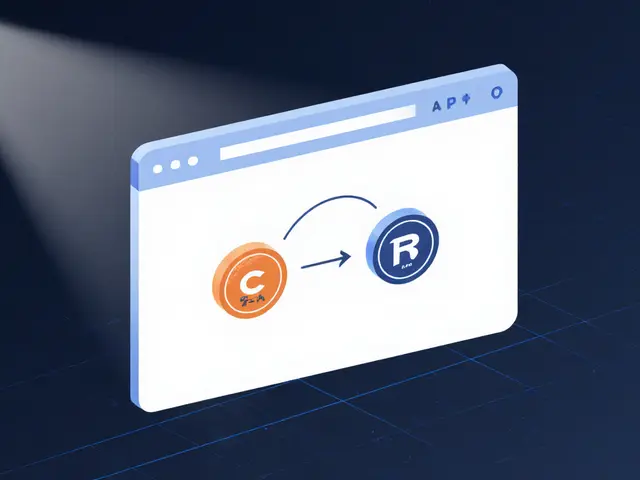


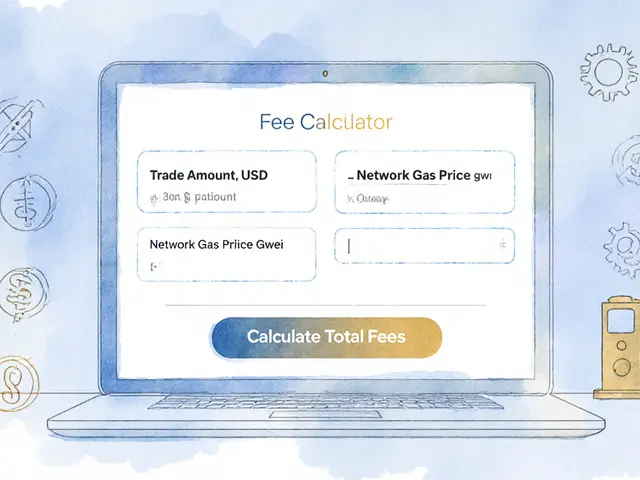
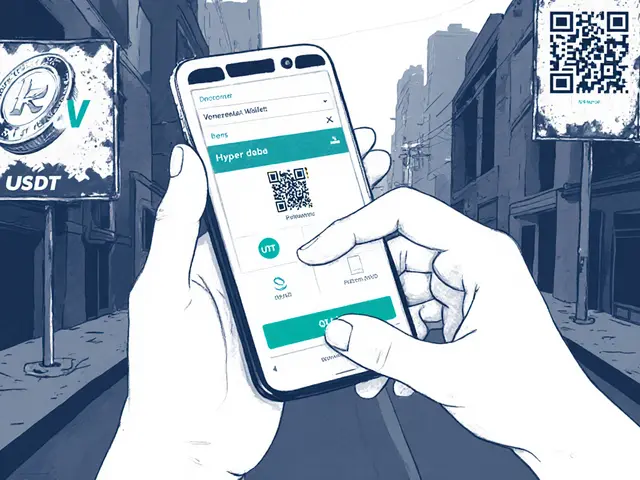
Jenna Em
21 October, 2025 . 09:20 AM
Stick looks like a meme on the surface, but every time you dig deeper you find a web of hidden forks. The same ticker on three chains feels like a signal that someone wants us to lose track. If you’re not careful you’ll send your tokens to the wrong contract and watch them disappear. It’s a reminder that in crypto, anonymity can hide mistakes as well as scams. Keep your eyes open and double‑check the address before you click.